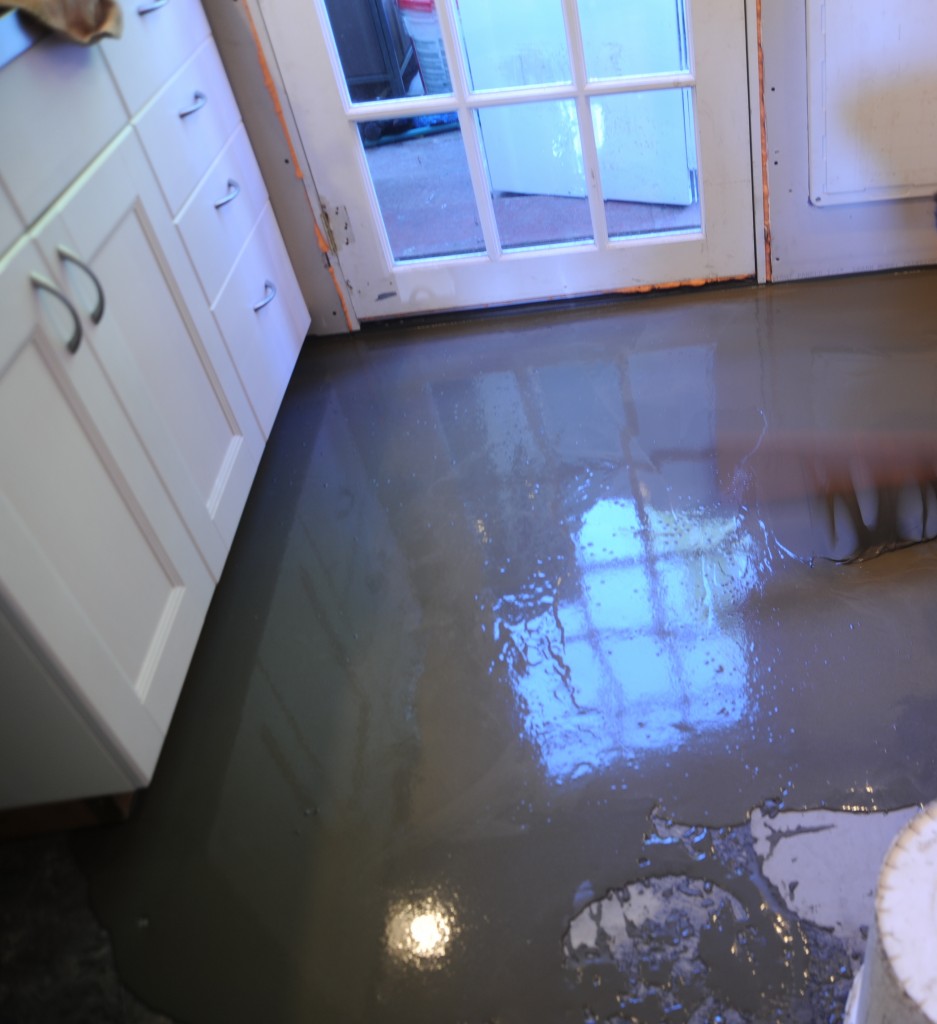Liquid Floor Screed or Sand Cement Screed?
What is liquid screed?
Liquid screed is a mixture of sand and a binder system based on calcium sulphate. It was designed to provide a thin, smooth and level surface previous to the application of flooring. It can be used for both residential and commercial properties.

What is sand and cement screed?
Sand and cement screed is made up of sharp sand, cement and water. All of the following screeds can be achieved with this type of screed: fully bonded, partially bonded and unbonded. Yet again, this can be used as a subfloor in domestic and commercial buildings.
What application?
For many, this is an easy question, as liquid floor screed has a variety of advantages over sand and cement screed. These can be found below.
Advantages of liquid floor screed over sand and cement screed
- The labour of installation a liquid floor screed is a lot less than the typical sand and cement screed process. As well as this, the process is on average 10 times faster.
- By installing a thicker screed (liquid flow screed) you will increase the thermal efficiency of your property/ premise. This is due to the fact that the screed depth can be significantly reduced.
- As mentioned above, you can reduce the depth of the screed. There are many advantages of this alone including reduced weight and drying times.
- Works in conjunction with underfloor heating better as it provides the user with the end result (heated flooring) quicker, due to reduced depth of screed.